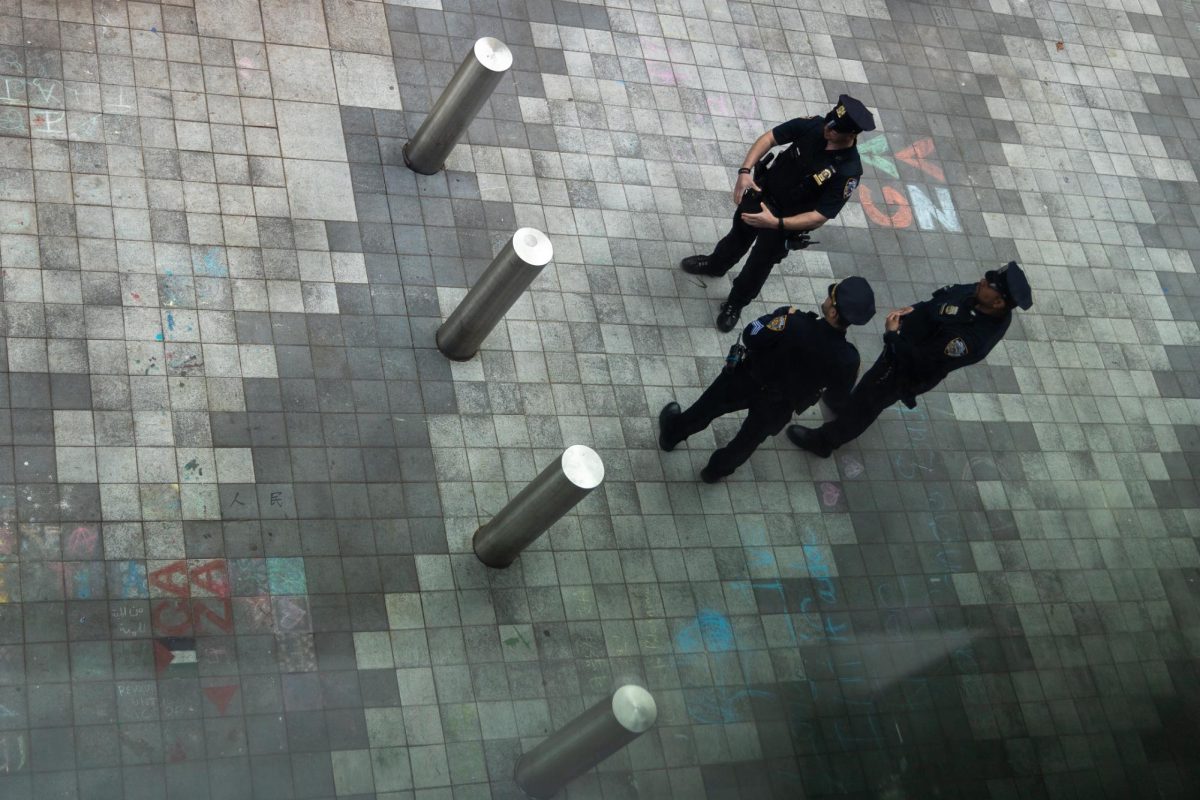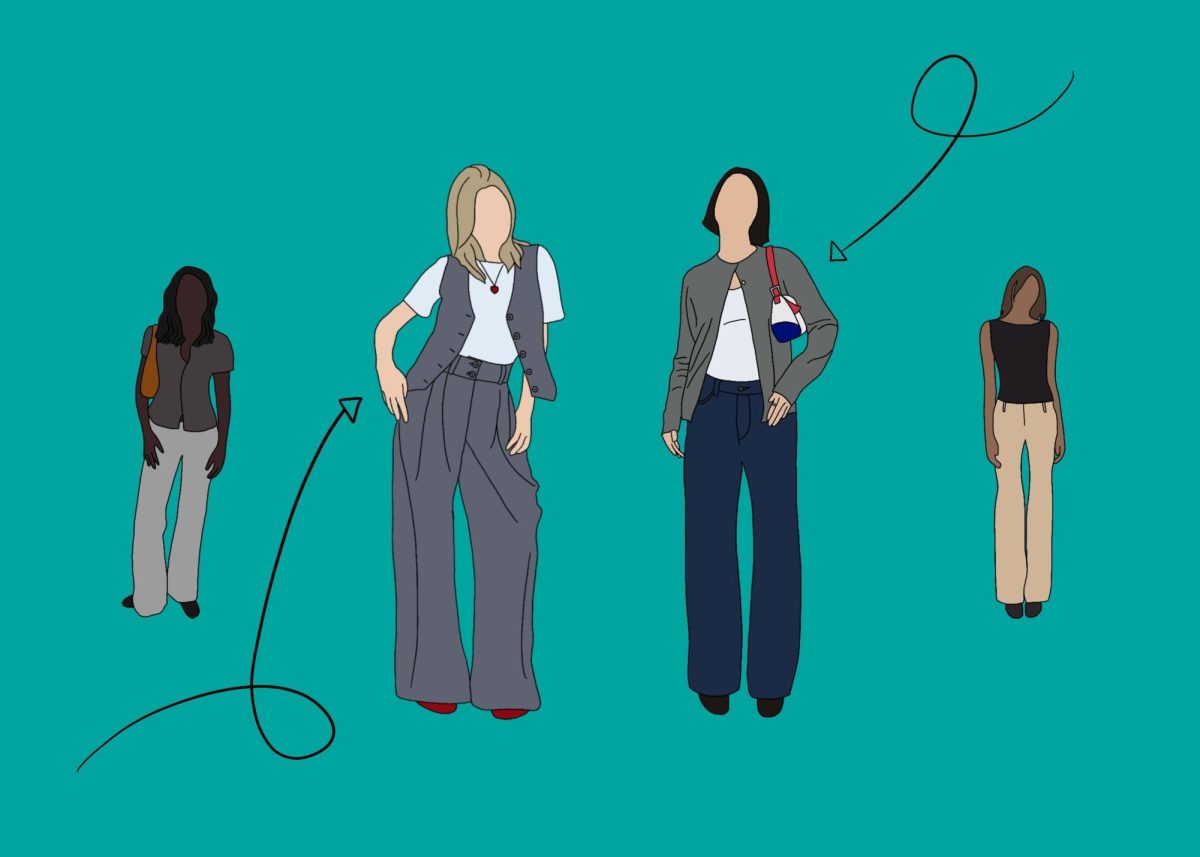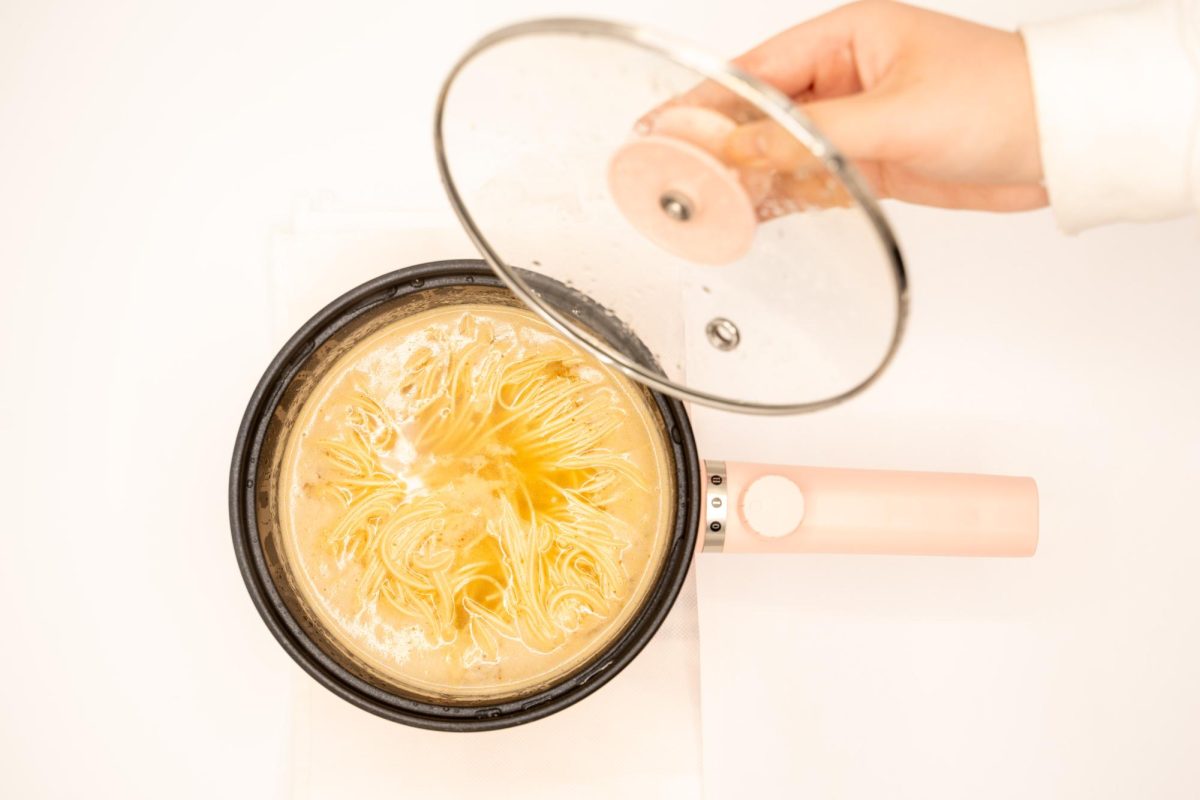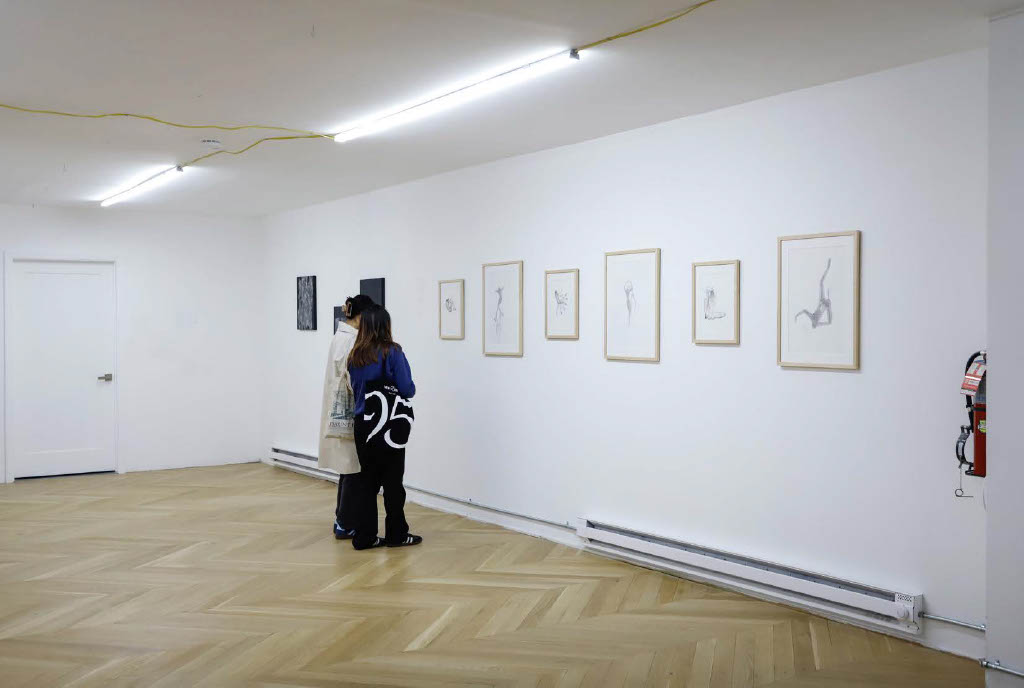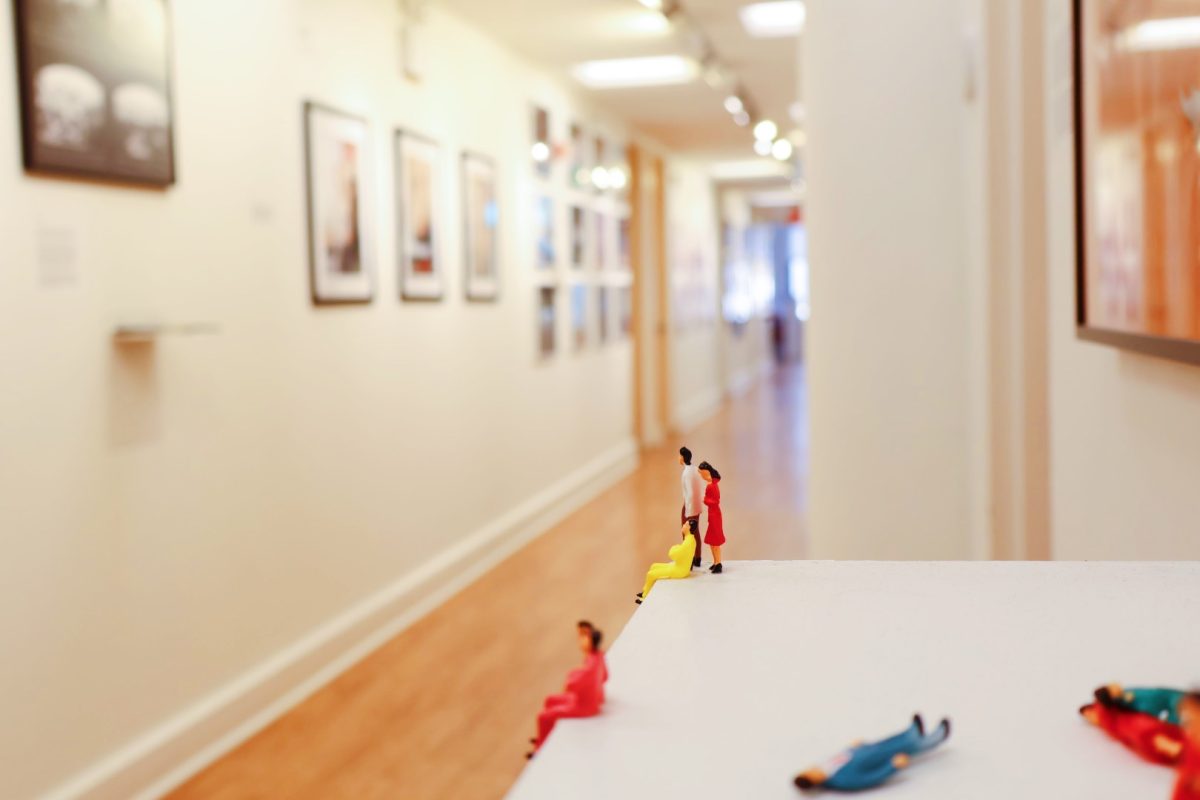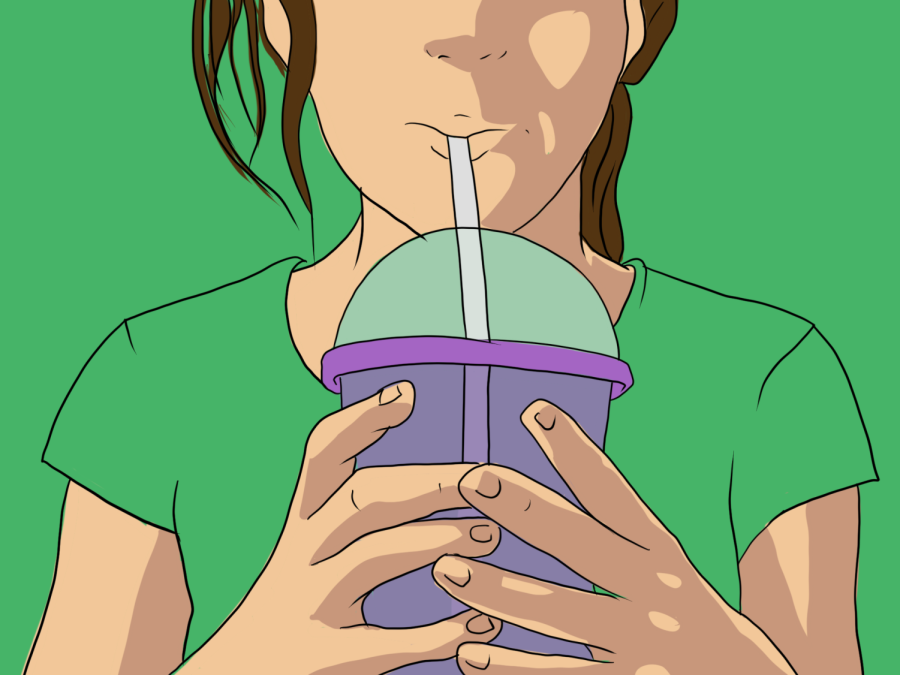‘Totally unpredictable’: NYU class discovers new fluid flow laws
A simple mathematics exercise turned into a three-year-long study as researchers discovered limitations in the laws of fluid dynamics.
(Illustration by Aaliya Luthra)
April 4, 2023
The act of sipping through a straw may defy long-standing laws of fluid dynamics — the study of the flow of liquids and gases — according to a recent NYU study. Researchers discovered a formula that can help predict the levels of resistance from friction as fluids run through finite-length pipes such as drinking straws and coffee stirrers. Under the laws of fluid dynamics, these kinds of pipes were previously assumed to function like others, but the study found that pipes of a certain size adhere to different rules.
In 2021, Leif Ristroph, a mathematics professor and one author of the study, was leading a warm-up exercise in his class. He hoped to demonstrate the oldest law of fluid dynamics, which relates the pressure and flow rates of fluids through pipes, tubes and other cylindrical structures.
However, Ristroph and his students soon began to see results that did not match what fluid dynamics laws would predict. The professor said that, at first, they assumed that the mismatch in results was a product of human error.
“The results would be twice or half the amount that the laws predicted,” Ristroph said. “We doubted ourselves for a few weeks, but eventually we started getting the same answer over and over again. You start to think, ‘Wait, maybe I am seeing more than what the theory tells me.’”
Ristroph said that to gather their data, the team used a device consisting of a tank with a pipe that extended outside of it. By varying the viscosity of the liquid put inside, the amount of liquid in the tank, and the length and diameter of the pipes, the researchers were able to measure the pressure needed to push the liquid through the pipes.
Researchers tested more than 40 pipes and straws under 10 different hydraulic pressure conditions. Simon Carrillo Segura, another author of the study and a Ph.D. candidate studying mechanical engineering, said that the researchers took extra care when putting together each part of the experiment, as they knew that even the slightest variation could affect the results.
Olivia Pomerenk, the primary author of the study and a Ph.D. candidate at NYU, said that she first became interested in the experiment because it was a way to start research for her degree. It quickly became much more significant than she expected.
“We needed a combination of physics, of course, and laws that people have discovered in the past,” Pomerenk said. “And then also mathematics to stitch different physical laws together in a smooth, cohesive way. It’s the simplest problem in fluid dynamics. We thought that it would be explained by the old laws, but it’s not.”
Ristroph added that the preexisting law has wide-reaching implications on similar fluid systems, including, for example, the flow of blood through the heart and arteries.
“Whether liquid or gas, this is just all around us — it is literally inside of us,” Ristroph said. “I often say to my students that when I look at them, all I see is a bag of fluids.”
Contact Ania Keenan at [email protected].













